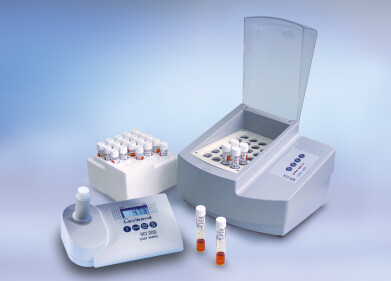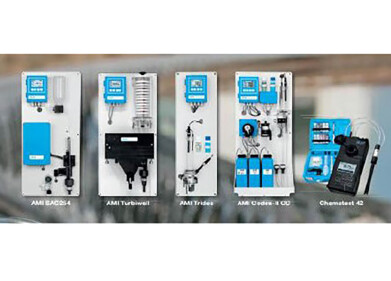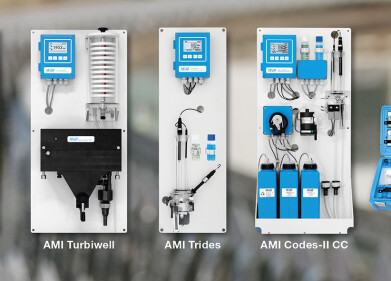Water Quality Monitoring
A guide to the six key considerations when selecting a water level logger
Jun 26 2019
When selecting a water logger for your application it is best to consider a number of factors. Bell Flow System’s guide should help you to choose the most appropriate water logger and make sure that it works efficiently, requires little maintenance and provides the best accuracy for your application.
When selecting a water level logger one of the first things you will need to know is the water level at your monitoring location(s). To determine this a knowledge of the potential change in level at each location will need to be known. For example if you have 100m of water in a borehole, but the change will only be 5m you do not necessarily need a 100m range water level logger. Potentially a 10m range model would be sufficient in this example. If however the variation in level would be greater, for example 80m, then a large range water level logger would be required.
After determining the range of the water level logger the next thing to consider is the required accuracy. The lower the range of the water level logger the greater the accuracy. For example if you were to look at the 9m rugged Troll 100, manufactured by In-Situ, this would have an accuracy of +/-9mm. However in comparison the 76m version would have an accuracy of +/-76mm. If you were monitoring a surface water application, which typically has lower levels, we would highly recommend using a model with a lower level range to provide the best possible accuracy.
The potential salinity and acidity of the water are very important to consider when choosing a water level logger. If your application is likely to be acidic or saline you would look to consider certain materials for your water level logger. For highly saline or acidic applications a titanium bodied product would be recommended, with a ceramic pressure sensor to ensure the unit is not corroded or damaged as these materials offer high levels of resistance. In the case of a clean water application stainless steel or titanium products can be used.
Determining if the location is likely to flood is crucial and can be the difference between having a system which works accurately and a system becoming damaged. In applications which could be prone to flooding it would be recommended that you use an absolute (non-vented) water level logger. The reason for selecting the absolute version simply comes down the way the sensor works. With a vented system you will have a breather tube, with a desiccant connected to the top of the sensor cable. If this desiccant and breather were to become submerged there is potential for water ingress into the water level logger and potential damage to the sensor. As absolute water level loggers are completely sealed there is no risk of water ingress via a vent tube, therefore are ideal for potential flood applications
It may be the case that the points above have highlighted key aspects of your applications, which in turn have confirmed the model you need. If not, then an overview of both the key advantages and disadvantages of both a vented and absolute water logger should help further.
If you are looking for the highest level of accuracy then the vented option would be recommended. In most cases this will also be more accurate than an absolute system. An example of this is shallow applications, as the vented tube directly transmits barometric data to the water level logger pressure transducer. With an absolute sensor you would need to consider both the inaccuracies of the water level logger and the barometric logger. However, in deep monitoring applications or those with a greater level variation it may be advantageous to use an absolute sensor. This is because as the measurement of individual barometric data alongside level data allows you to determine the barometric efficiency.
Cost is another factor, typically absolute water level loggers are lower in cost, especially when monitoring with multiple sensors in one location, as a single barometric logger can be used to compensate multiple water level loggers. You may find the costs could be comparable to monitoring a single point, however this would be determined by your cable lengths. As well as purchase cost, the maintenance of absolute water level loggers is a lot less as there is not desiccant or breather tube to protect from water ingress.
Digital Edition
AET 28.4 Oct/Nov 2024
November 2024
Gas Detection - Go from lagging to leading: why investment in gas detection makes sense Air Monitoring - Swirl and vortex meters will aid green hydrogen production - Beyond the Stack: Emi...
View all digital editions
Events
Nov 26 2024 Paris, France
Nov 27 2024 Istanbul, Turkey
H2O Accadueo International Water Exhibition
Nov 27 2024 Bari, Italy
Biogas Convention & Trade Fair 2024
Nov 27 2024 Hanover, Germany
Dec 02 2024 London, UK












.jpg)






